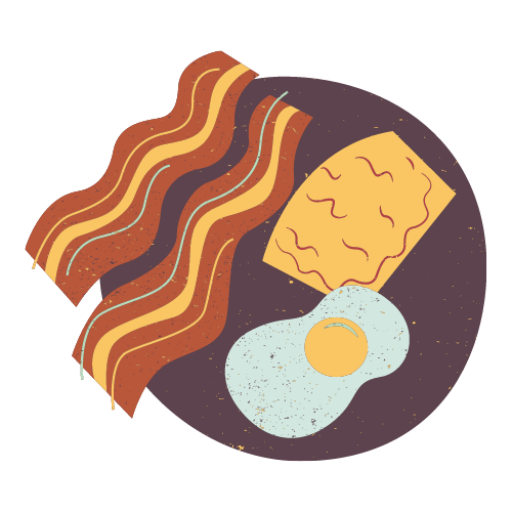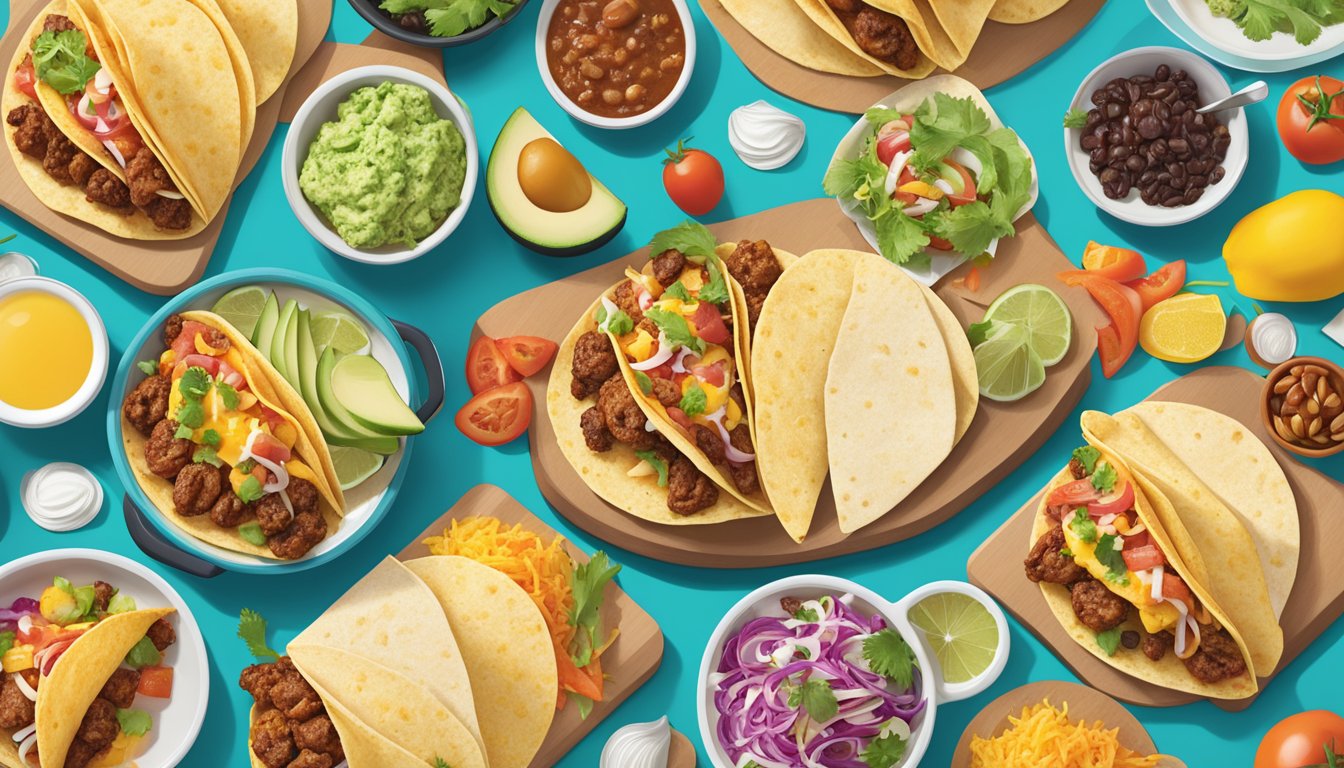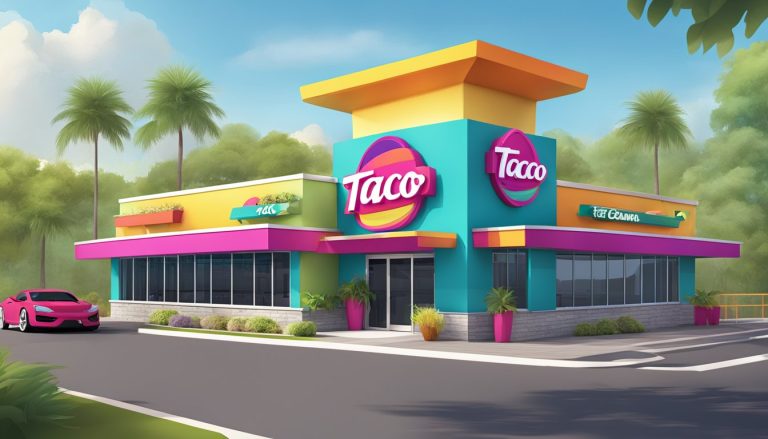Taco Cabana’s breakfast tacos have become a popular morning choice for many. These handheld meals offer convenience and flavor, but it’s important to consider their nutritional content.
A typical Taco Cabana breakfast taco contains between 210 and 310 calories, with varying amounts of fat, carbohydrates, and protein depending on the ingredients. For example, the Bacon, Egg & Cheese Breakfast Taco provides 17 grams of fat and 7 grams of saturated fat, while the Bean & Bacon option contains 290 calories.
Taco Cabana offers several breakfast taco varieties, including options with steak, chicken, ground beef, potatoes, and beans. The nutrition facts for each type differ, allowing customers to make informed choices based on their dietary needs and preferences. Understanding these nutritional details can help individuals balance their morning meal within their overall daily intake.
History of Taco Cabana

Taco Cabana‘s story began in September 1978 when Felix Stehling opened the first restaurant in San Antonio, Texas. The location was a former Dairy Queen at the corner of San Pedro and Hildebrand Avenue in Midtown.
Stehling initially purchased the vacant building to provide additional parking for his bar across the street, the Crystal Pistol. However, he saw an opportunity and decided to open a taco stand instead.
The open-air design of the existing structure became a defining feature of Taco Cabana. This unique layout contributed to the restaurant’s casual and welcoming atmosphere.
From the start, Taco Cabana offered affordable menu options. In 1978, customers could enjoy a breakfast taco and coffee for just 50 cents. Bean-and-cheese tacos were priced at an impressive 29 cents each.
These budget-friendly prices, combined with good food and a pleasant atmosphere, quickly made Taco Cabana popular. Customers flocked to the restaurant at all hours of the day, setting the stage for its future growth and success.
Nutritional Components of Breakfast Tacos

Taco Cabana’s breakfast tacos offer a variety of nutrients that contribute to daily dietary needs. The nutritional profile varies based on ingredients and serving size.
Macronutrients
Breakfast tacos provide a mix of carbohydrates, proteins, and fats. Carbohydrates come from tortillas and fillings like potatoes or beans. Proteins are found in eggs, cheese, and meats such as bacon or steak. Fats are present in cheese, meats, and cooking oils.
A typical breakfast taco contains 210-320 calories. The Bean & Bacon taco has 290 calories, while the Steak, Egg & Cheese taco contains 17g of fat, including 7g of saturated fat. Protein content varies, with meat-based tacos offering higher amounts.
Carbohydrate levels differ based on ingredients. Potato & Egg tacos contain 23g of carbs, providing energy for morning activities.
Micronutrients
Breakfast tacos contain various vitamins and minerals. Eggs provide vitamin A, B vitamins, and selenium. Cheese adds calcium and vitamin D. Meats contribute iron and B vitamins.
Sodium content is significant in many breakfast tacos. The Chicken Breast Fajita taco contains 1920mg of sodium, which is 80% of the recommended daily intake for adults.
Vegetables like pico de gallo add small amounts of vitamins C and K, as well as dietary fiber. Some tacos may include lettuce, further increasing vitamin and mineral content.
Understanding Serving Size and Daily Value
Serving sizes for Taco Cabana’s breakfast tacos vary. A single taco typically weighs around 13.2 ounces. This serving size is important for accurately tracking nutrient intake.
Daily Values (DV) on nutrition labels show how much a nutrient contributes to a daily diet. For example, the Steak, Egg & Cheese taco provides 26% of the DV for total fat and 35% for saturated fat.
Calorie content ranges from 210-320 per taco. This represents 10-16% of a 2000-calorie daily diet. Protein content varies but can contribute significantly to the Recommended Dietary Intake (RDI) of 50-60g per day for adults.
Breakfast Taco Menu Analysis
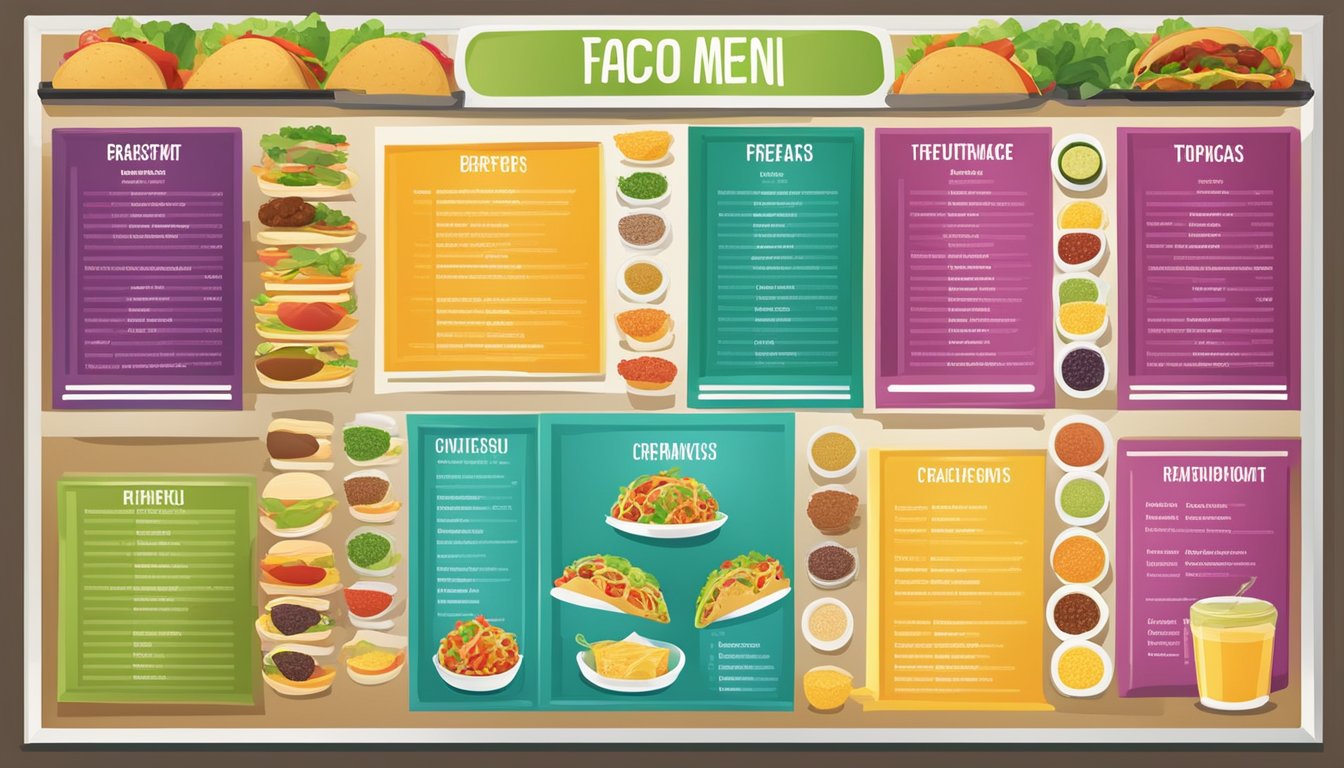
Taco Cabana’s breakfast taco options offer varying nutritional profiles. Key factors include calorie content, protein levels, and fat percentages across different menu items.
Steak Fajita Taco Nutrition
The Steak Fajita Cabana Bowl provides a hearty breakfast option. It contains 660 calories, with 34 grams of fat and 28 grams of protein. This dish includes a shell, rice, lettuce, meat, shredded cheese, pico de gallo, and sour cream.
The high protein content supports muscle maintenance and satiety. However, the sodium level is notable at 1850 mg, which is significant for those monitoring salt intake.
For a lower-calorie alternative, customers can opt for the steak fajita in taco form. This option typically reduces the overall calorie and carbohydrate content while maintaining a good protein source.
Chicken Flauta Breakfast Options
Chicken-based breakfast items offer a leaner protein source. The Chicken Breast Fajita Cabana Bowl contains 640 calories, 30 grams of fat, and an impressive 32 grams of protein.
This option provides a balance of macronutrients. The higher protein content may be beneficial for those seeking to increase their protein intake in the morning.
Customization is possible by removing high-calorie toppings like sour cream or cheese. This adjustment can significantly reduce the fat and calorie content while maintaining the protein benefits of the chicken.
Crispy Beef Taco and Health Considerations
Crispy beef tacos are a popular choice but come with nutritional trade-offs. These items tend to be higher in fat due to the frying process.
A typical crispy beef taco may contain around 200-250 calories, with a higher proportion coming from fat. The protein content is moderate, usually ranging from 10-15 grams per taco.
Sodium content is a concern, often exceeding 300 mg per taco. This is important for individuals managing hypertension or following low-sodium diets.
To make this option healthier, customers can request extra lettuce or tomatoes. These additions increase fiber and nutrient content without significantly impacting calorie count.
Dietary Guides and Taco Cabana
Taco Cabana offers breakfast tacos that can fit into various dietary plans. Understanding their nutritional content helps customers make informed choices based on their specific dietary needs.
Weight Watchers Point System
Taco Cabana’s breakfast tacos can be incorporated into a Weight Watchers diet with careful planning. The Potato & Egg Breakfast Taco contains 220 calories, which translates to approximately 6-7 SmartPoints.
Bacon, Egg & Cheese Breakfast Tacos have 290 calories, equating to roughly 8-9 SmartPoints. The Steak, Egg & Cheese option at 300 calories would be about 9-10 SmartPoints.
It’s important to note that these point estimates may vary based on the specific Weight Watchers program being followed. Members should consult their current plan guidelines for accurate point calculations.
Meal Choices for Restricted Diets
Taco Cabana’s breakfast tacos can accommodate some dietary restrictions. For low-sodium diets, the Potato & Egg Breakfast Taco is a better choice compared to other options.
Vegetarians can opt for the Potato & Egg Breakfast Taco. Those following a high-protein diet might prefer the Steak, Egg & Cheese Breakfast Taco with 18 grams of protein.
For calorie-conscious diners, the Potato & Egg Breakfast Taco is the lowest at 220 calories. Customers with specific allergies or dietary needs should consult Taco Cabana’s full nutritional guide for detailed ingredient information.
Beyond Breakfast: Other Menu Items

Taco Cabana offers a diverse selection of Mexican-inspired dishes beyond their breakfast menu. These options cater to various tastes and dietary needs, ranging from hearty burritos to crispy nachos.
Nutritional Profile of Burritos and Quesadillas
Burritos and quesadillas are popular choices at Taco Cabana. Burritos typically contain more calories due to their larger size and filling ingredients. A standard beef burrito may have 500-600 calories, with 20-25g of fat and 30-35g of protein.
Quesadillas are generally lower in calories but higher in fat due to the cheese content. A chicken quesadilla averages 400-500 calories, with 25-30g of fat and 20-25g of protein.
Both options can be customized to reduce calorie and fat content by choosing lean proteins and adding vegetables.
Flautas and Nachos: A Caloric Perspective
Flautas, crispy rolled tacos, are a tasty but calorie-dense option. A serving of three chicken flautas contains approximately:
- Calories: 450-550
- Fat: 25-30g
- Protein: 20-25g
Nachos vary widely in nutritional content depending on toppings. A basic order of nachos with cheese may have:
- Calories: 350-450
- Fat: 20-25g
- Protein: 10-15g
Adding beef, beans, or sour cream significantly increases calorie and fat content. Opting for chicken and extra vegetables can improve the nutritional profile.
Chalupas and Sides Review
Chalupas, featuring a fried corn tortilla base, are a relatively light option. A single beef chalupa typically contains:
- Calories: 250-300
- Fat: 15-20g
- Protein: 10-15g
Popular sides at Taco Cabana include rice and beans. A serving of Mexican rice averages 150-200 calories, while refried beans contain 200-250 calories.
Shredded cheese, a common topping, adds approximately 100 calories and 8-10g of fat per ounce. Customers can manage their calorie intake by requesting light cheese or omitting it entirely.
Taco Cabana’s menu allows for customization, enabling diners to create meals that align with their nutritional goals.
Healthier Choices at Taco Cabana

Taco Cabana offers several lighter options for health-conscious diners. The Street Tacos menu features some of the lowest calorie choices.
The Carne Asada Taco contains just 90 calories and 5 grams of fat. It also provides 7 grams of protein, making it a satisfying choice.
For breakfast, the Potato & Egg Taco is a reasonable option at 220 calories. It contains 9-11 grams of fat and offers a good balance of carbohydrates and protein.
Those watching their sodium intake may want to be cautious. Many menu items contain over 500mg of sodium per serving.
Adding Pico de Gallo to your order can boost flavor for only 5 extra calories. This fresh topping is a smart way to enhance meals without significantly increasing calorie content.
When selecting sides, opt for items like beans instead of higher-calorie options. This can help keep overall meal calories in check while still providing filling fiber and protein.
The Impact of Taste on Meal Selection

Taste plays a crucial role in breakfast taco choices at Taco Cabana. The flavors of eggs, bacon, chorizo, and potatoes create enticing combinations that appeal to many customers.
Potato and Egg tacos offer a mild, comforting taste profile. Their popularity stems from the familiar blend of fluffy eggs and hearty potatoes.
Bacon and Egg tacos provide a savory option with a smoky twist. The salty, crispy bacon enhances the egg’s flavor, attracting those who prefer a more robust taste.
Chorizo and Egg tacos cater to spice enthusiasts. The bold, seasoned sausage pairs well with eggs, creating a zesty breakfast experience.
Taste preferences often guide nutritional choices. Some may opt for lower-calorie options like Potato and Egg tacos at 220 calories. Others might prioritize protein content, selecting Bacon and Egg tacos despite the higher calorie count of 240.
Taco Cabana’s diverse breakfast taco menu accommodates various taste preferences. This variety ensures customers can find options that satisfy both their palates and nutritional needs.
Improving Site Engagement
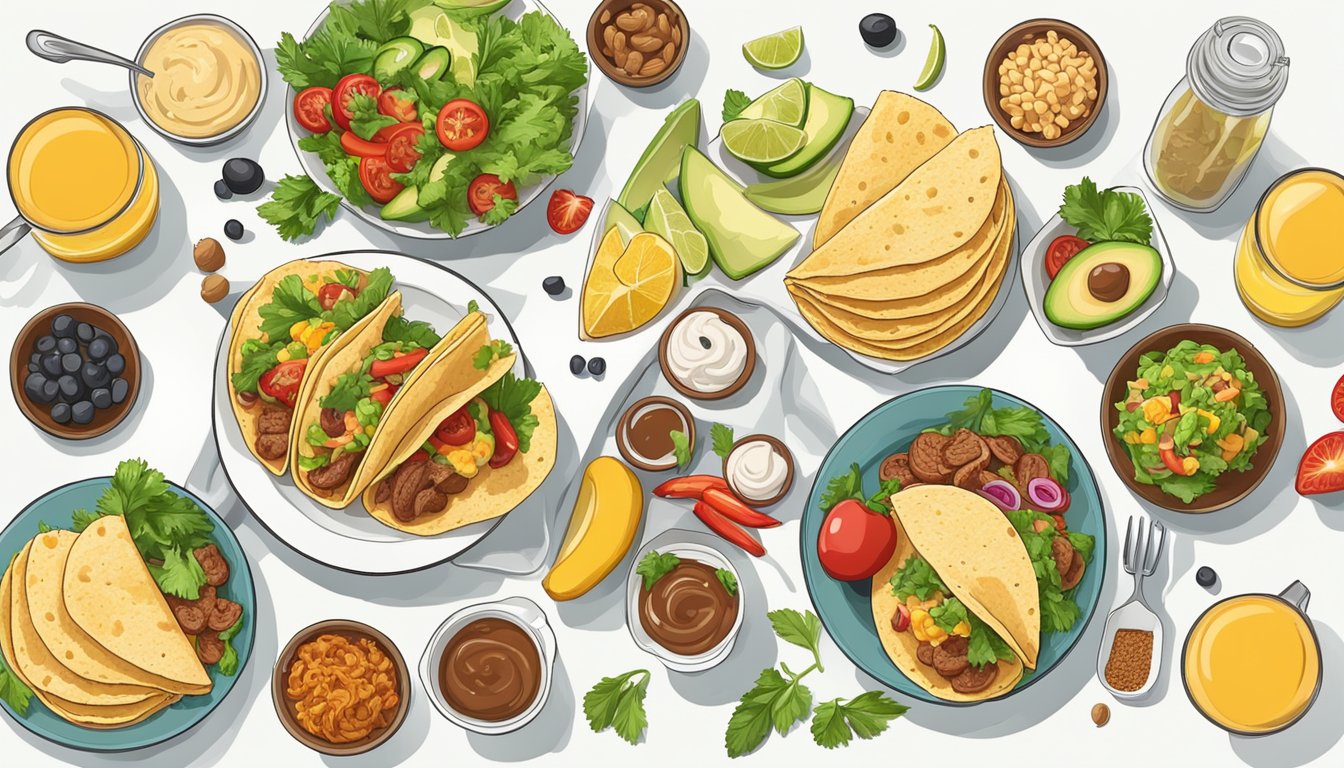
Effective site engagement strategies focus on enhancing user experiences and leveraging data analytics. These approaches aim to increase visitor interaction, time on site, and conversion rates.
Metrics for Better Site Experiences
Key performance indicators (KPIs) play a crucial role in improving site experiences. Bounce rate, average session duration, and pages per visit provide insights into user behavior. Heat maps and click tracking reveal popular content areas and navigation patterns.
Site speed is another critical metric. Pages that load within 2-3 seconds tend to have higher engagement. Regular performance audits help identify and address bottlenecks.
User feedback surveys offer qualitative data to complement quantitative metrics. Short, targeted questionnaires can uncover pain points and areas for improvement.
A/B testing allows for data-driven decision-making. By comparing different versions of page elements, designers can optimize layouts, calls-to-action, and content for maximum engagement.
Integrating Third Party Services
Third-party services enhance site functionality and provide valuable user data. Analytics tools like Google Analytics offer comprehensive insights into traffic sources, user demographics, and behavior flows.
Heat mapping services such as Hotjar visualize user interactions, highlighting areas of interest and potential friction points. These tools help prioritize design improvements.
Customer relationship management (CRM) integrations enable personalized experiences. By connecting user data across touchpoints, sites can deliver tailored content and recommendations.
Live chat services improve customer support and engagement. AI-powered chatbots can handle common queries, while human agents address more complex issues.
Social media integrations facilitate content sharing and community building. Embedding social feeds or user-generated content can increase time on site and foster brand loyalty.
Conclusion
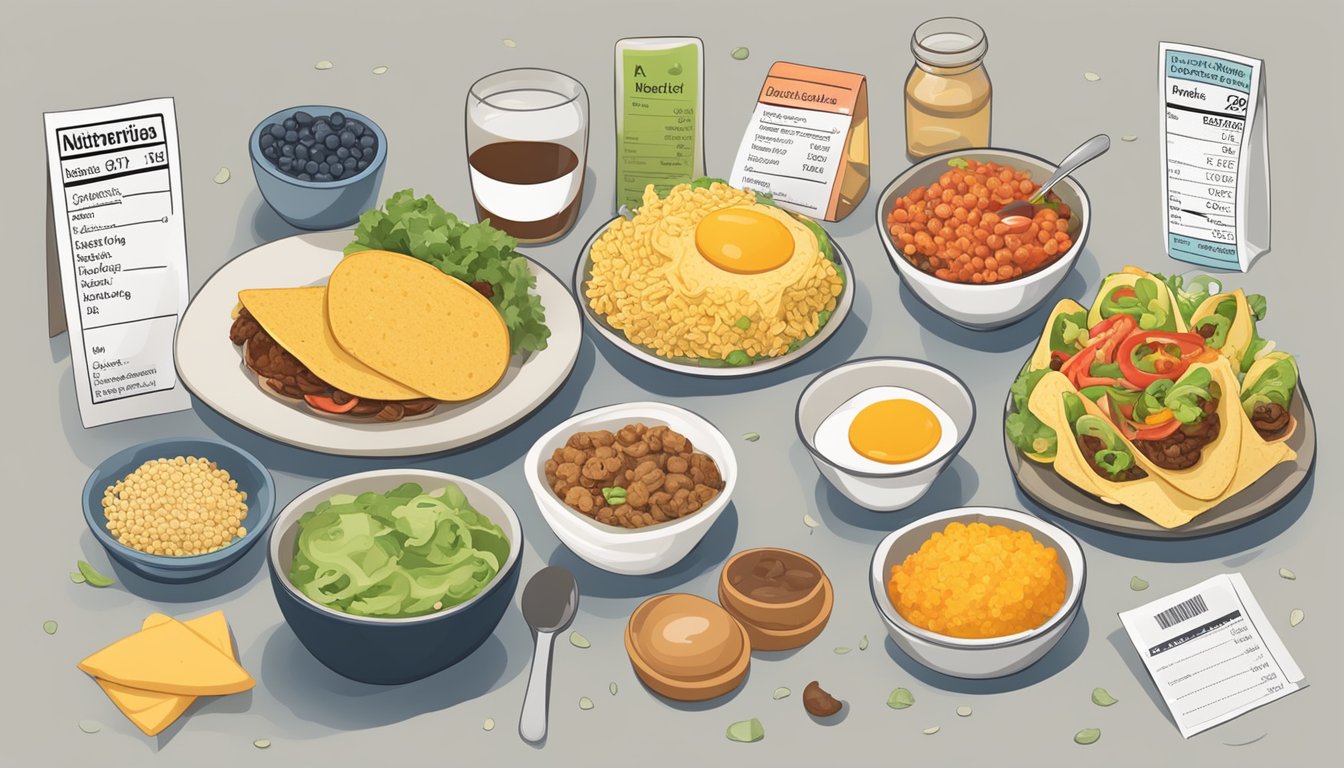
Taco Cabana’s breakfast tacos offer a range of options for those seeking a quick morning meal. The nutritional content varies across different taco varieties, providing choices for different dietary preferences.
Calorie counts for breakfast tacos generally fall between 210-320 calories per serving. This makes them a manageable option for those monitoring their calorie intake.
Protein content in these tacos ranges from 12-14 grams, contributing to satiety and muscle maintenance. The fat content varies, with some options containing up to 20 grams of fat.
Carbohydrate levels differ among taco types, typically ranging from 18-23 grams. This provides energy for morning activities while remaining relatively moderate.
Taco Cabana’s all-day breakfast service allows customers to enjoy these options beyond traditional breakfast hours. This flexibility caters to diverse schedules and preferences.
For those seeking healthier choices, options like the Chicken Fajita Taco offer lower fat content. Conversely, items such as the Chorizo, Egg, and Cheese Taco provide higher protein but also higher fat.
Customers can make informed decisions by referring to Taco Cabana’s nutritional information. This transparency enables diners to select tacos that align with their nutritional goals and dietary needs.
